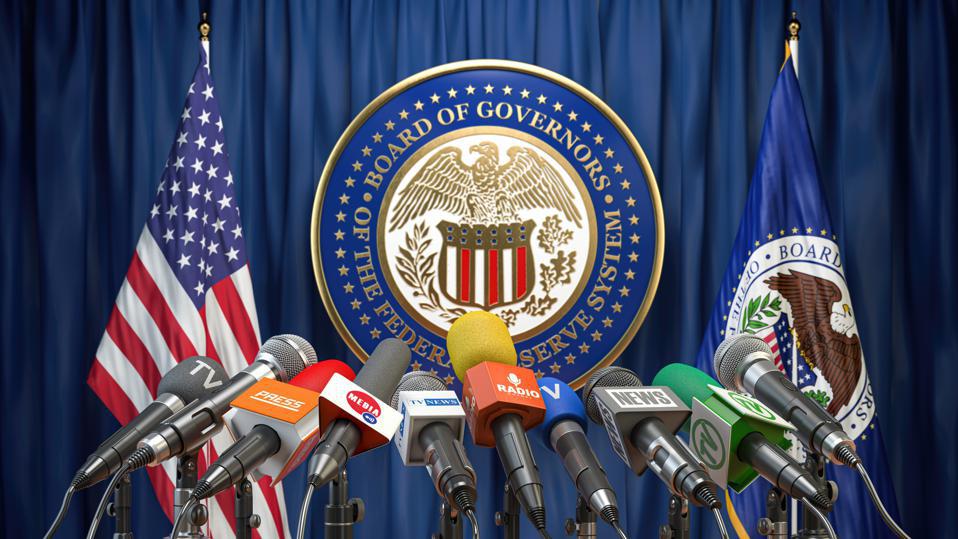The U.S. Federal Reserve has been making waves in the global economy by signaling a more hawkish stance on interest rates as it aims to combat persistent inflation. In its recent announcements, the central bank indicated that interest rates would remain elevated for longer than previously anticipated, sparking concerns among investors, businesses, and policymakers about the potential impact on global growth.
The Federal Reserve has been on a tightening path since early 2022, responding to the sharp increase in inflation driven by supply chain disruptions, labor market shortages, and elevated demand in the aftermath of the COVID-19 pandemic. While the central bank initially positioned its rate hikes as temporary measures to curb inflation, its recent tone suggests a more sustained period of higher rates, even if inflation shows signs of cooling.
Inflation Control and Economic Risks
At the heart of the Federal Reserve’s decision to maintain elevated interest rates is its continued concern over inflation. Although inflation has moderated from the peaks seen in 2022, it remains above the central bank’s 2% target. One key issue is that inflationary pressures in the services sector, particularly in housing, healthcare, and transportation, have proven more persistent than initially expected.
The Fed’s policy tightening is intended to reduce inflation by dampening consumer demand and cooling off the overheated labor market. However, there are growing concerns that the longer-term consequences of sustained rate hikes could weigh heavily on global economic growth. Higher interest rates make borrowing more expensive for consumers and businesses, potentially leading to reduced spending, investment, and overall economic activity.
Several analysts have expressed concern that the U.S. economy could be heading for a recession as a result of the Fed’s actions. While unemployment remains low and consumer spending has held up relatively well, the effects of tighter monetary policy often take time to filter through the economy. As interest rates remain high, businesses may cut back on hiring and investment, while consumers may reduce spending on big-ticket items such as homes and cars.
Global Ripple Effects
The implications of the Federal Reserve’s policy decisions extend far beyond U.S. borders. As the world’s largest economy and home to the global reserve currency, changes in U.S. monetary policy have significant ripple effects on other countries, particularly emerging markets. Higher U.S. interest rates tend to strengthen the dollar, making it more expensive for countries with dollar-denominated debt to service their obligations. This can create financial strains for countries that rely on external borrowing to fund economic growth and development.
Additionally, many central banks around the world often follow the Federal Reserve’s lead when it comes to monetary policy. Higher U.S. rates may prompt other central banks to raise their own interest rates to prevent capital outflows and currency depreciation. However, this can be particularly challenging for countries already facing weak economic growth, as tightening monetary policy risks stifling their recovery efforts.
In Europe, where inflation remains elevated but economic growth is fragile, the European Central Bank (ECB) is grappling with similar challenges. The ECB has already raised interest rates to combat inflation, but concerns over a potential recession are growing. Meanwhile, in Asia, economies such as Japan and South Korea are facing slower growth and trade disruptions, making the Fed’s policy decisions a critical factor in their economic outlook.
Financial Markets and Investor Reactions
Financial markets have reacted to the Fed’s policy shift with increased volatility, as investors weigh the risks of higher interest rates against the potential for slower economic growth. Equity markets, which typically perform well in low-interest-rate environments, have experienced periods of significant selling pressure as higher rates reduce the attractiveness of stocks relative to bonds.
On the bond market front, yields on U.S. government bonds have risen, reflecting the higher borrowing costs associated with the Fed’s policies. Higher bond yields tend to attract capital from investors seeking safer returns, but they also make it more expensive for businesses and governments to issue new debt. This has prompted concerns that elevated interest rates could lead to tighter financial conditions, restricting the availability of credit to businesses and households.
Long-Term Implications
While the Federal Reserve’s focus on inflation control is essential for ensuring long-term price stability, the consequences of its policy shift could have lasting effects on the global economy. The persistence of high interest rates may lead to slower growth, higher unemployment, and reduced consumer confidence, both in the U.S. and globally.
However, some economists argue that the Fed’s actions are necessary to prevent inflation from becoming entrenched in the economy, which could result in even more severe economic damage down the line. The challenge for the Federal Reserve will be to balance its inflation-fighting mandate with the need to support economic growth and stability, particularly in an interconnected global economy where the effects of its decisions are felt far beyond U.S. shores.
As the world watches closely, the Federal Reserve’s future policy moves will continue to be a critical factor in shaping the economic outlook for 2024 and beyond.
From Our Editorial Team
Our Editorial team comprises of over 15 highly motivated bunch of individuals, who work tirelessly to get the most sought after curated content for our subscribers.


